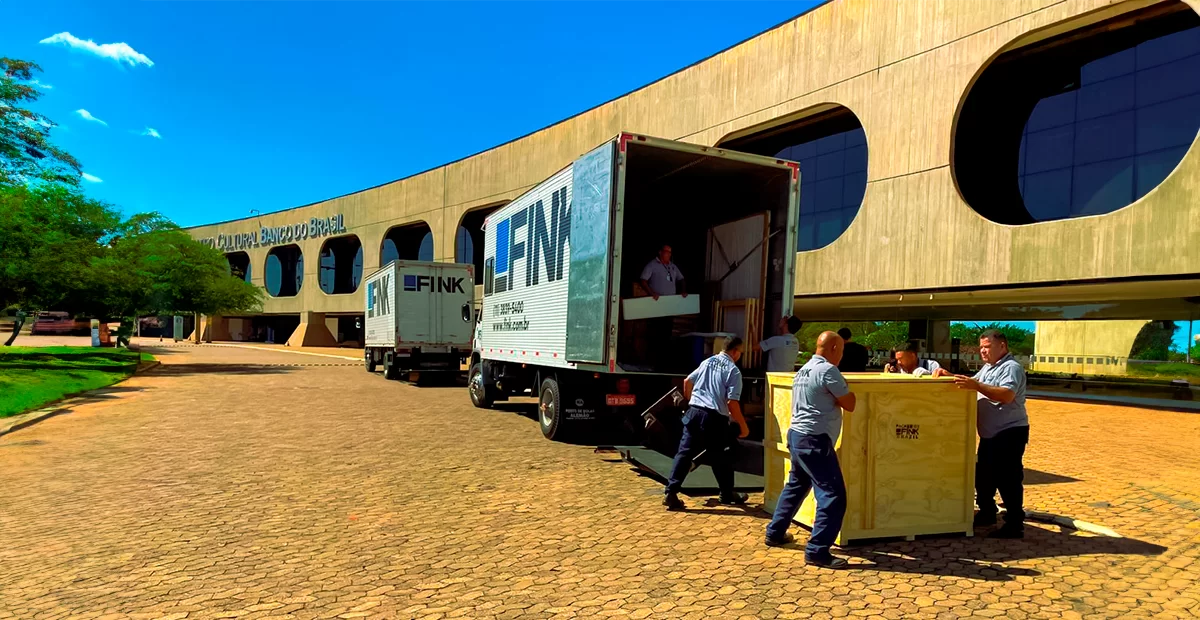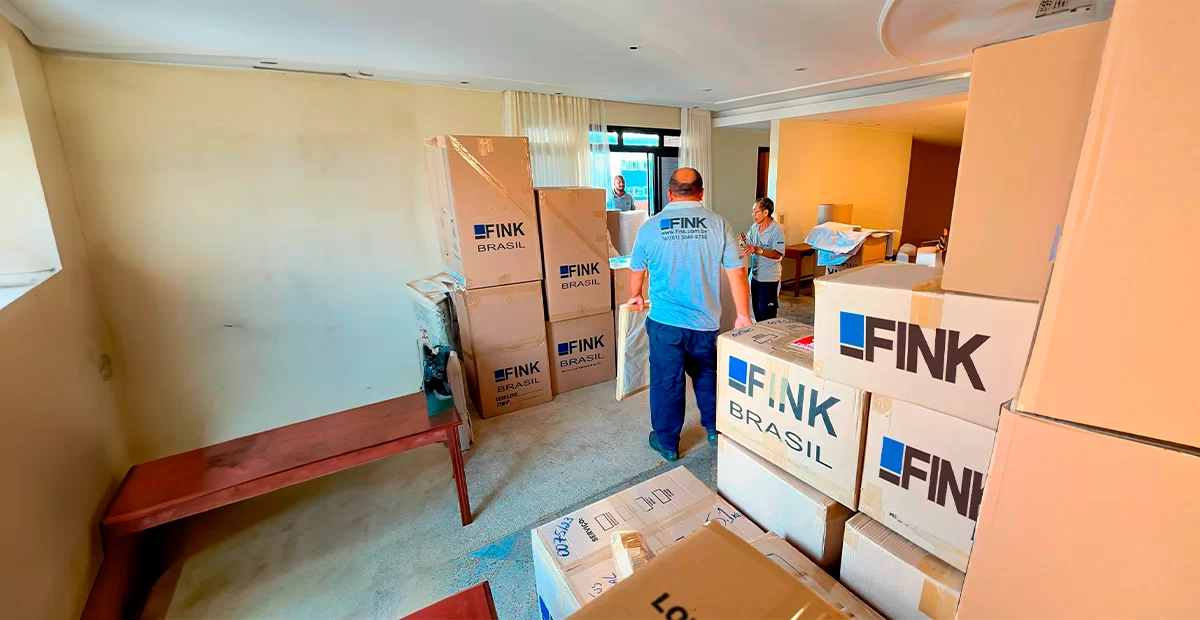The COVID-19 pandemic had a deep impact on the scenario of global mobility, resulting in significant changes that echo through every sphere of society. From restrictions to traveling and lockdowns to the generalized adoption of remote work, we have seen an unprecedented transformation. In this article, we shall broach this new context and examine the implications of these changes on global mobility. We shall speak of how we can build a sustainable and resilient future in which mobility becomes an instrument for economic development, social inclusion and environmental preservation. Follow us on this journey of discoveries and reflexions as we unveil the challenges and the opportunities that appear amidst this new era of post-pandemic global mobility.
Context of global mobility in post-pandemic times
After a challenging period of restricted traveling and paralyzed activities, we are witnessing a gradual resumption of global mobility. However, this return is not exactly like what we knew before. The pandemic awakened the need to rethink our approaches relative to mobility, leading us to adopt new perspectives and strategies.
One of the main transformations was in the work environment. With the massive adoption of remote work during the pandemic, organizations perceived the viability of different work models. Now, innumerable alternatives are viable, including hybridity, work in a place different from where the company is located, shared offices and environments better adapted to individual needs.
Challenges in Global Mobility
In spite of the significant advances that have been made, the scenario of post-pandemic global mobility still presents complex challenges that demand resilient and inclusive solutions. The global pandemic showed us the crucial importance of mobility systems prepared to face crises and deal with unforeseen situations. The capacity to adapt quickly, to implement effective safety protocols and guarantee the continuity of transporting people and merchandise became essential for the recuperation and the success of companies, communities and economies all over the world.
Furthermore, climatic changes emerge as an urgent threat, demanding that we rethink our options for transport and that we adopt more sustainable practices. Global mobility plays a significant part in the emission of greenhouse effect gases and in environmental degradation. In view of this scenario, it is imperative that we seek alternatives that reduce our impact on the environment.
Opportunities and Innovations in Global Mobility
Global mobility does not only present challenges, but also opens up a world of opportunities and innovations that shape the future of transportation. One of the main tendencies is the rise of electric vehicles, which stand out as sustainable solutions with low emission of pollutants. This transition to the electrification of transports not only reduces the dependence on fossil fuels, but also contributes significantly to the preservation of the environment, improving air quality and reducing the carbon footprint. With continuous advances in battery technology and charging infrastructure, electric vehicles are becoming more and more accessible and viable for a wide scale of mobility needs.
Besides electric vehicles, shared mobility solutions have gained prominence as an efficient and economical alternative for individual mobility. By sharing cars, bicycles and scooters, people have the option of using vehicles only when necessary, reducing traffic jams on roads and costs associated to the possession and upkeep of a personal vehicle. This approach also promotes a more efficient use of resources, reducing the need for parking lots and the number of vehicles in circulation, which contributes to a better management of urban space.
Building a sustainable future together
To build a sustainable future in global mobility, we must acknowledge that this is a responsibility shared by everyone involved. The collaboration between companies, governments and civil society plays a basic part in this process. By joining forces, we can promote the exchange of knowledge, share better practices and seek innovative solutions that take into account not only environmental aspects, but also the economic and social impacts of mobility.
On social terms, a sustainable global mobility must be inclusive and accessible to everyone. We must make sure that people of all origins and conditions have access to safe, efficient and accessible options of transport, irrespective of their geographical location or their financial resources. This implicates investing in adequate infrastructures, such as bike lanes, accessible sidewalks and quality public transport, besides considering the needs of vulnerable groups, such as the aged, people with deficiencies, and low income communities.
In the economic sphere, sustainable mobility can boost economic growth and create job opportunities. The transition to cleaner technologies, such as electric vehicles, not only reduces carbon emissions, but also boosts innovation and the creation of green jobs. Furthermore, by adopting sustainable transport practices, companies can reduce their operational costs and improve their efficiency, becoming more competitive in the global market.
While building a sustainable future in global mobility, we must consider all of these dimensions – social, economic, and environmental – and seek a balance among them. Through collaboration and partnership between different interested parties, we can develop policies and practices that promote a global mobility that is more just, more resilient and friendlier to the environment.
The path may not be easy, but it is fundamental for ensuring a sustainable future for present and future generations.
Together, we can build a world where global mobility is an ally in the preservation of the planet and the well-being of everyone.













